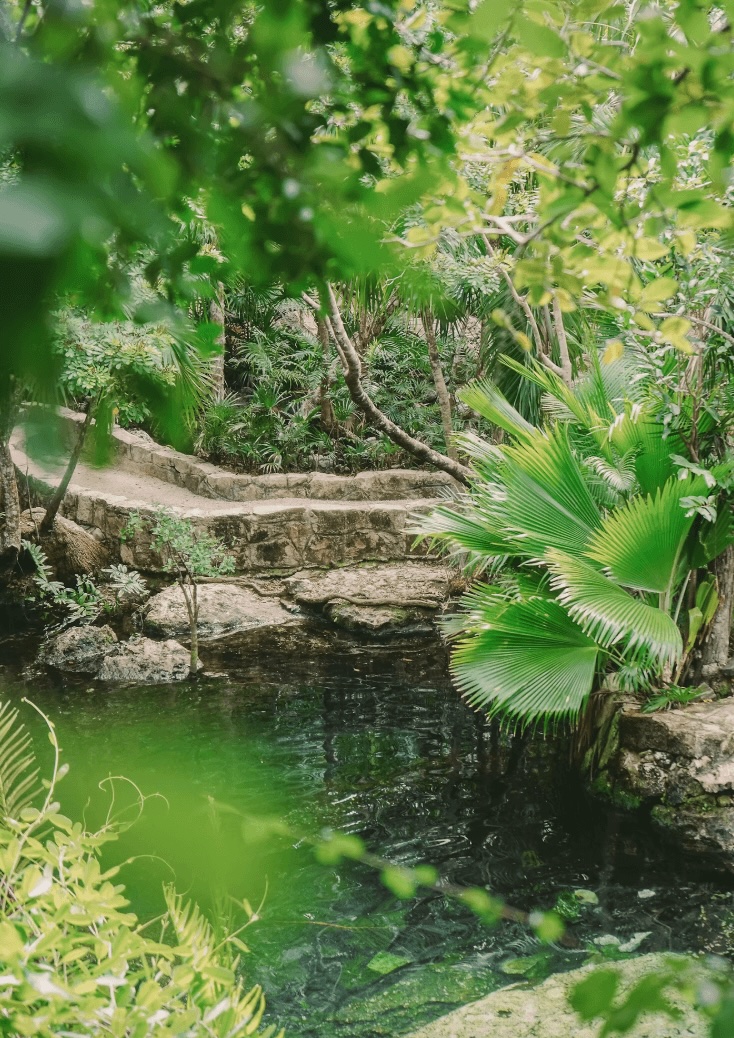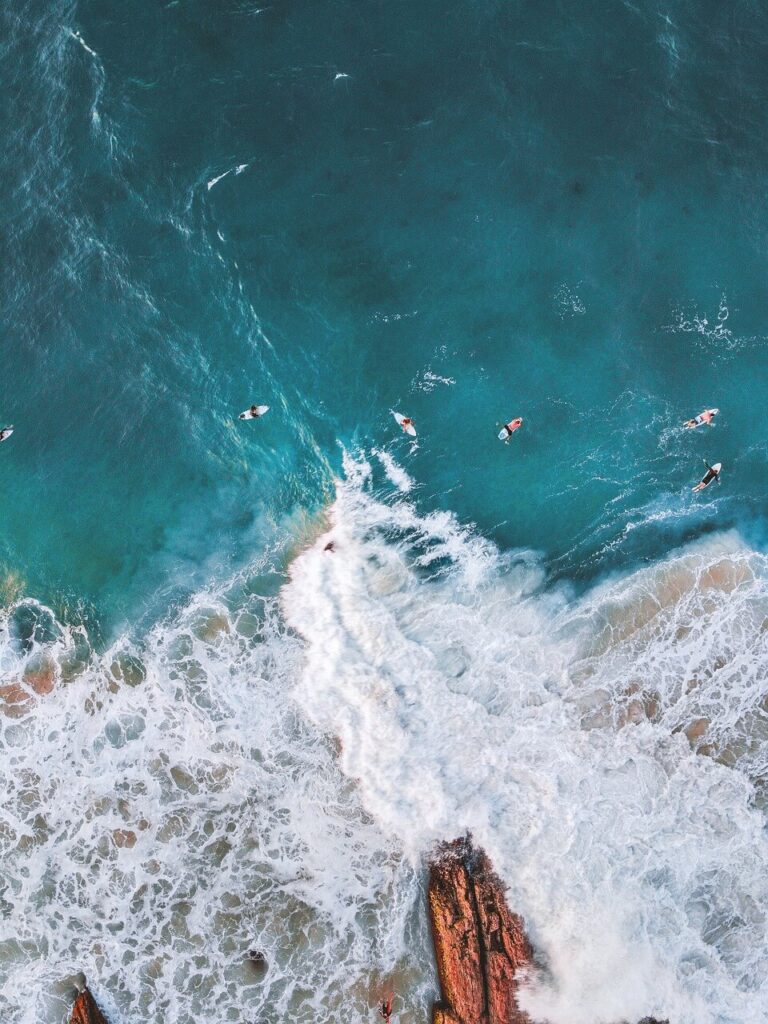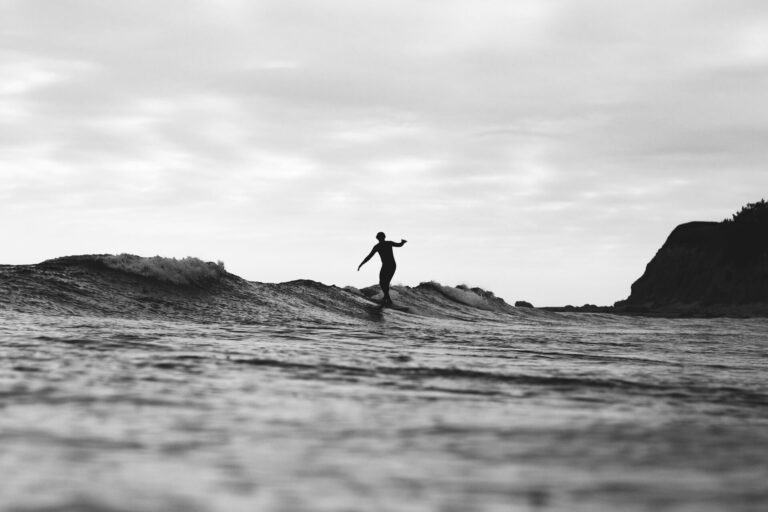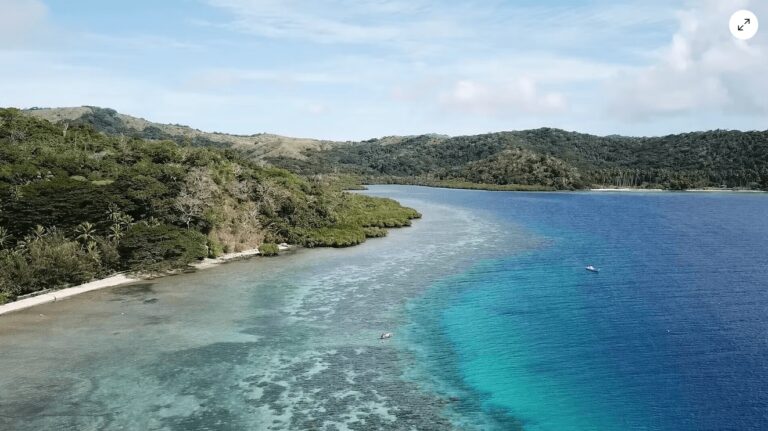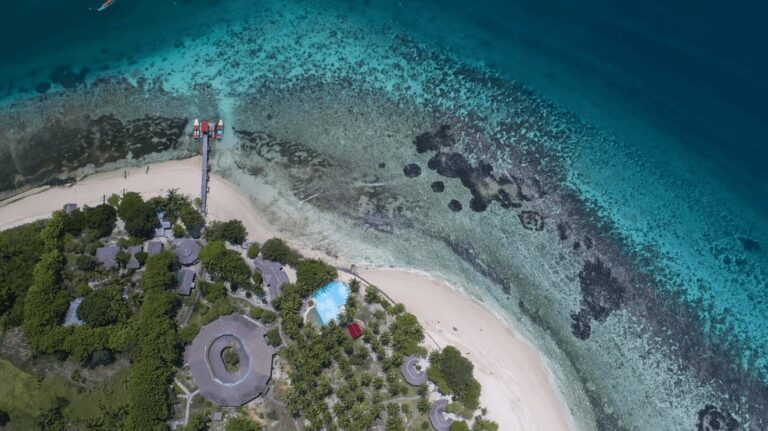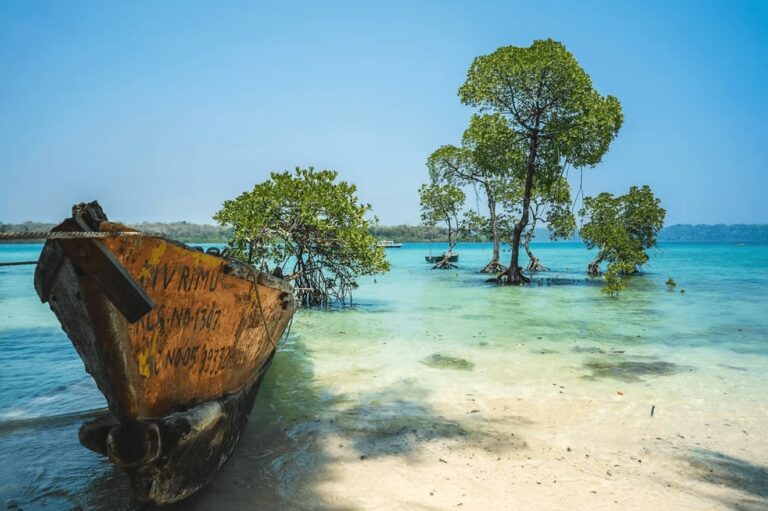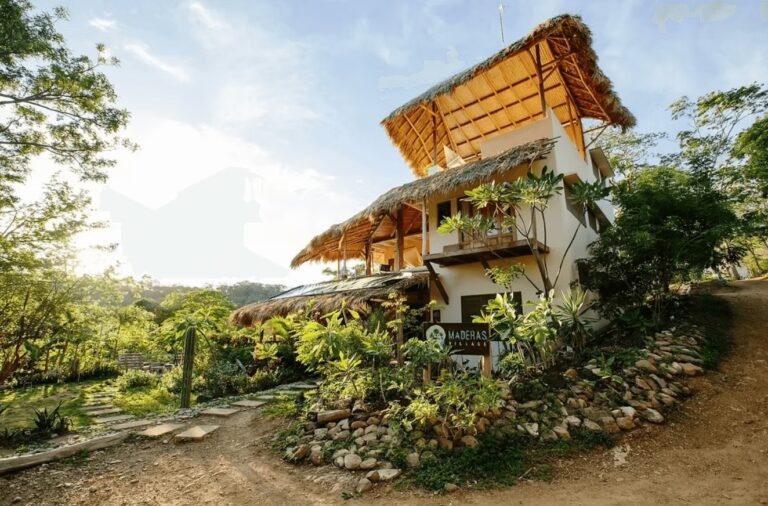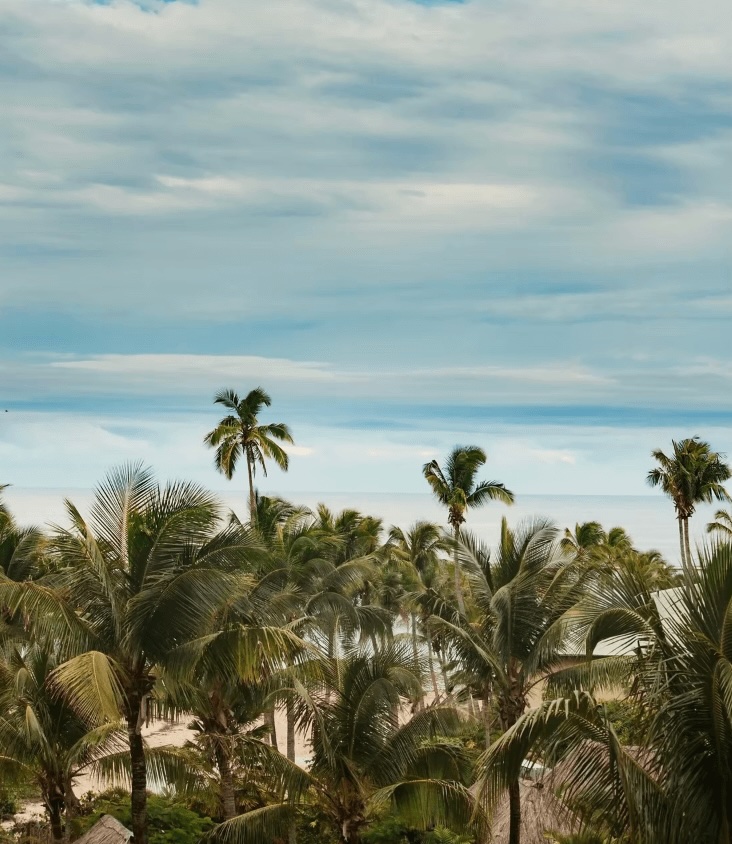Scuba Diving in Mexico: Best Dive Sites + Eco-Friendly Dive Resorts
Looking for the best places to dive in Mexico? Discover everything you need to know about scuba diving in Mexico, including eco-friendly dive resorts for a sustainable scuba vacation.
From the Sea of Cortez’s nutrient-rich waters to the ethereal beauty of the Yucatan’s cenotes, the diversity of scuba diving in Mexico is unparalleled.
Around Cozumel, you’ll find colourful coral gardens and walls that plunge into the Caribbean Sea. Meanwhile, the remote Socorro Islands in the Pacific Ocean offer thrilling drift dives with sharks and humpback whales.
Mexico is a destination that we love, not only for its underwater experiences but also the energised culture and incredible food!
We’ve visited multiple times, and while we haven’t dived every single site, we’re on a mission to get there. And in doing so, we want to encourage others to seek out sustainable dive operators in Mexico and eco-dive resorts.
With its easy accessibility and world-class experiences catering to divers of all skill levels, it’s easy to see why Mexico is one of the most popular dive destinations in Central America. The incredible underwater experiences are coupled with enchanting above-water attractions, from ancient Mayan ruins to colonial-era cities.
In this article, we’ll highlight some of the best places to dive in Mexico, as well as the ideal time to visit each. We’ll also share eco-friendly dive resorts and hotels in Mexico to help you plan a sustainable scuba vacation.
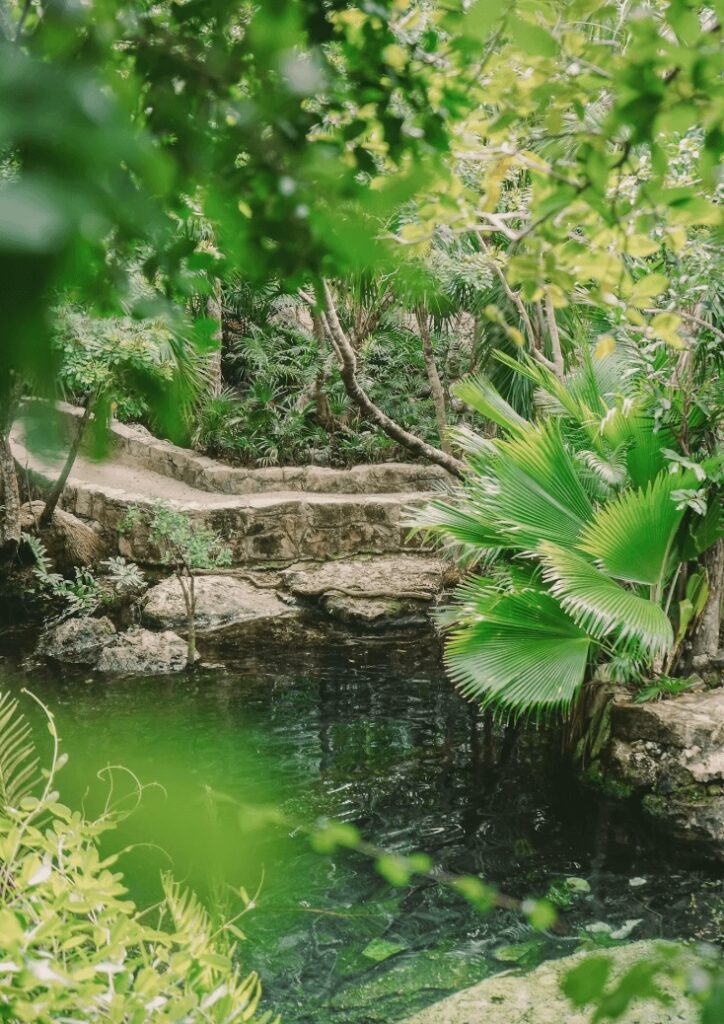
This article contains affiliate links, which means when you make a purchase through that link, we earn a small commission. Affiliate links come at no cost to you and ensure our content remains free!
Socorro Islands
Forming part of the remote Revillagigedo Archipelago are the UNESCO World Heritage-listed Socorro Islands. They lie 385 kilometres (240 miles) off Mexico’s Baja California Peninsula.
Despite the 24-hour open ocean crossing required to reach the islands, the rewards are more than worth it. In the Socorro Islands, you can expect phenomenal diving and snorkelling experiences on par with the Galapagos and Cocos Islands.
While diving the archipelago’s sheer volcanic walls and dramatic underwater pinnacles, you’ll be treated to extraordinary encounters with sharks and tuna. The islands are also frequented by whale sharks and humpbacks, both seasonal visitors.
A highlight for many is the manta ray cleaning station at “The Boiler”. Here, you can experience graceful mantas gliding just inches overhead as small cleaner fish remove parasites from their bodies.
For those willing to make the demanding journey, the Socorro Islands offer the ultimate pelagic adventure. In our opinion, this is definitely one of the best places to dive in Mexico.
Diving season: November to May (November/December for whale sharks and February/March for humpbacks)
Water temperature: 21 to 23°C (70 to 74°F) in winter and up to 28°C (82°F) in summer
Experience level: Experienced divers only due to strong currents
Access: Flight to Los Cabos International Airport (SJD) + liveaboard only
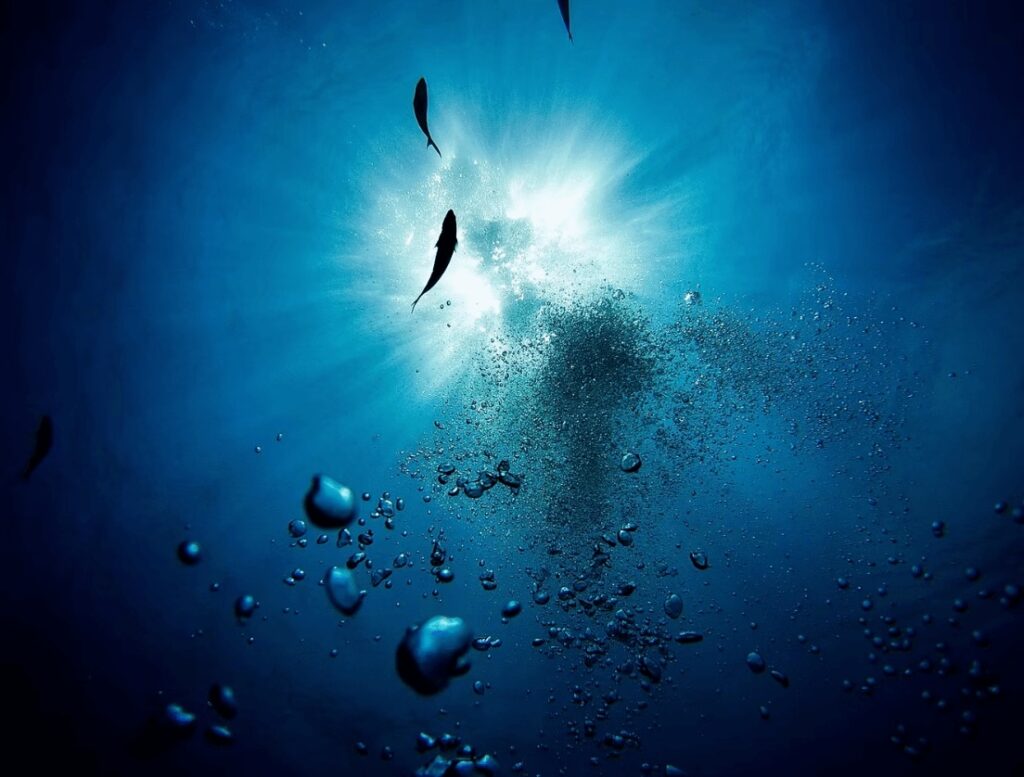
Cozumel Island
Located just off Mexico’s northeast coast (opposite Playa del Carmen), Cozumel is surrounded by the warm waters of the Caribbean
Sea. It’s on the doorstep of the Mesoamerican Barrier Reef, home to colourful corals, sponges and sea fans, as well as an abundance of fish, turtles and rays.
For over 20 years, Cozumel’s southern reefs have been protected as a marine park. To date, more than 100 coral species and over 260 different types of fish have been recorded in its waters.
On a dive vacation in Cozumel, it’s likely you’ll see hawksbill turtles, eagle rays and schooling jacks, as well as moray eels, lobsters and frogfish hiding amongst the coral heads.
Further offshore, Cozumel’s steep walls and deep drop-offs offer thrilling adventures for divers. There are huge coral formations and swim-throughs at Palancar Reef, Panta Sur and Columbia.
Due to its proximity to Playa del Carmen, Cozumel can easily be visited as a day trip. That being said, there are plenty of accommodation options on the island itself.
Diving the reefs around Cozumel can also be combined with a scuba excursion to explore the area’s magnificent cenotes.
Diving season: Throughout the year, with warmest temps and best weather between May and July
Water temperature: 25 to 29°C (77 to 85°F)
Experience level: All levels
Access: Flight to Cozumel International Airport (CZM)
Have your heart set on diving the Mesoamerican Barrier Reef? Consider adding Belize or Honduras to your Central American itinerary.

Eco-friendly dive resorts on Cozumel Island
Hotel B Unique
Perched on the northwest coast of Cozumel, Hotel B Unique is an adults-only boutique resort that’s notable for its contemporary design and artistic elements.
Its focus is on providing an intimate and personalised guest experience, with stunning rooms overlooking the ocean and jungle behind. Additionally, there’s an in-house dive shop that runs day trips, night dives and certification courses.
What we particularly love about this eco-friendly Cozumel hotel is its certification as a B Corporation. In doing so, it has made a commitment to strengthening the island’s economic, social and environmental wellbeing.
Hotel B Unique financially supports social initiatives around the island. It also partners with the “Saving our Sharks Foundation” to help raise awareness about shark conservation.
“Unique B is definitely my favourite hotel in Cozumel and one of my favourites worldwide.” – Jurg (read more reviews here)
Isla Mujeres
Isla Mujeres lies just off the northeastern tip of Mexico’s Yucatan Peninsula, not far from Cancun. It hosts two exciting underwater spectacles each year, attracting divers from near and far.
During the summer months, massive numbers of whale sharks congregate in the shallow waters around Isla Holbox to feed on plankton and krill. The concentration is so dense that even snorkelling tours almost guarantee shark sightings.
Further offshore, it’s also possible to snorkel with these feeding giants as they dine on tuna and bonito eggs during spawning events. While whale shark sightings here are less consistent, manta rays often join the feast.
In winter, schools of sailfish migrating from the Gulf of Mexico shelter around Isla Mujeres. They come to feast on sardines forced shoreward by ocean upwellings.
Diving with these lightning-fast predators as they hunt bait balls is an experience to tick off your scuba bucket list.
Diving season: Throughout the year – June to September is whale shark season and mid-December to mid-March is sailfish season
Water temperature: 25 to 28°C (78 to 82°F)
Experience level: All levels
Access: Flight to Cancun International Airport (CUN)

Best dive resorts near Isla Mujeres
Majestic Elegance Costa Mujeres
This 5-star all-inclusive resort lies on an idyllic stretch of coastline to the north of Cancun, directly opposite Isla Mujeres.
In addition to 12 shimmering pools of various sizes scattered throughout the sprawling grounds, there are seven restaurants offering everything from Mediterranean to Pan-Asian cuisine.
Partnership with an onsite PADI 5-Star dive centre provides easy access to the coral reefs surrounding Isla Mujeres, as well as its seasonal marine encounters.
Additionally, this eco-friendly Cancun resort has received Silver Certificate from EarthCheck two years in a row. This reflects its commitment to sustainable operations.
“Everything was wonderful!.. the food, the property, the staff!” – Lainie (read more reviews here)
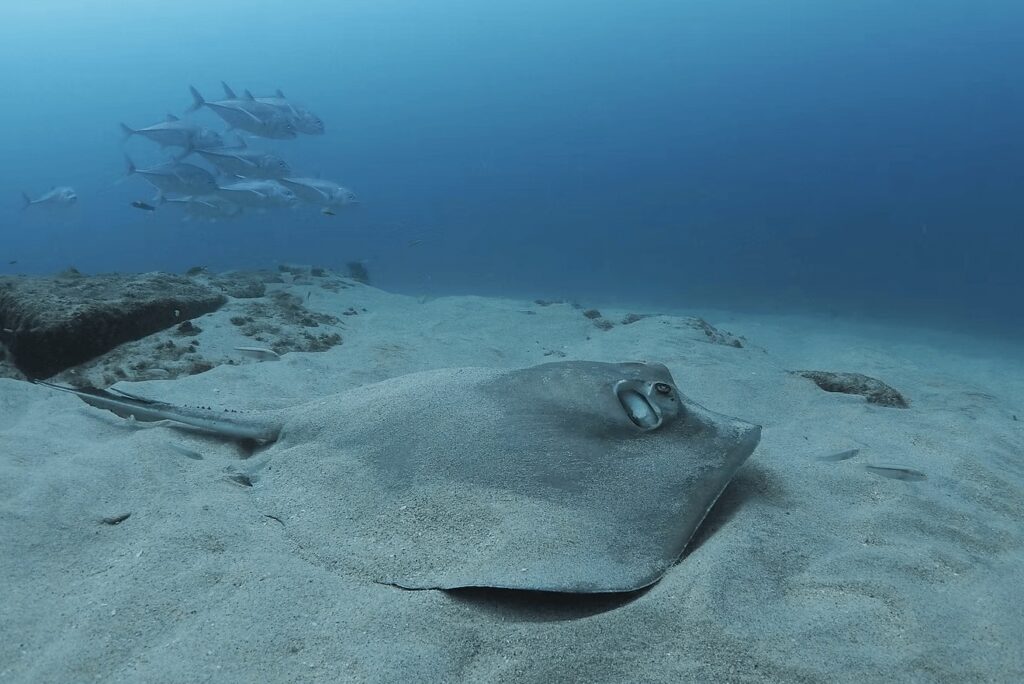
Sea of Cortez
Separating the Baja California Peninsula from mainland Mexico, this 1,100-kilometre (700-mile) stretch of water is home to a unique marine ecosystem that makes it a mecca for divers.
The northern gulf’s temperate climate and isolation from the Pacific Ocean have created a unique habitat. Researchers believe it supports the highest abundance of marine mammals in Mexico.
In fact, the biodiversity here is so valuable that the Sea of Cortez region is a designated UNESCO World Heritage Site.
Vital to this thriving ecosystem is the plankton-rich water that sustains a food chain of over 800 species. Key predators include dolphins, sea lions and a resident pod of fin whales.
However, the stars of the Sea of Cortez are the whale sharks that feed in the shallow waters of Bahia de Los Angeles during the summer months.
In October and November, plankton blooms lure whale sharks to the southern Sea of Cortez. This is best accessed from the capital of Baja California Sur, La Paz.
Further offshore, the El Bajo seamounts offer incredible pelagic encounters with mobula rays, hammerhead sharks, dolphins, marlin and tuna.
For a unique underwater experience, you can also swim with dozens of curious and playful sea lion pups at the colonies on Isla Los Islotes.
Diving season: For the calmest waters and best visibility, visit between July and December
Water temperature: 20 to 24°C (69 to 75°F)
Experience level: All levels
Access: Flight to La Paz International Airport (LAP)

Best place to stay for diving the Sea of Cortez
Hotel Catedral
Overlooking Our Lady of La Paz Cathedral, this contemporary hotel receives rave reviews. As such, we think it’s one of the best places to stay for diving the Sea of Cortez.
Step inside the lobby and you’re immediately immersed in the chic, modernist design. The whitewashed aesthetic is undeniably relaxing.
In addition to its elegant rooms (each of which is a sanctuary of relaxation), there’s a sparkling outdoor pool. The sun-drenched terrace is the perfect place to relax after the day’s dive adventures.
The onsite restaurant at this La Paz hotel serves modern Mexican cuisine drawing on seasonal local produce.
“We had a great stay. The location was perfect…The rooftop pool was amazing and the service was excellent.” – Debbie (read more reviews here)
Riviera Maya
In our opinion, Mexico’s cenotes will captivate even the most experienced divers. Located on the Yucatan Peninsula’s Riviera Maya, this freshwater system of limestone sinkholes, caverns and caves draws visitors from around the globe.
Tulum serves as an ideal base for exploring these extensive subterranean chambers. This makes the Riviera Maya one of the best places to dive in Mexico.
Once underwater, narrow tunnels curve and twist unexpectedly into cathedral-like caves where light and shadow dance against the limestone formations. The exceptionally clear water filters out nearly all marine life, emphasising the unique underwater topography.
Divers of all levels can explore the massive entrance caves (some of which connect to dimly lit caverns). It’s a really safe introduction to cave diving.
Dos Ojos stands out as perhaps the most famous cenote in the Riviera Maya, with a depth of eight metres (27 feet). This makes it accessible to scuba enthusiasts of all experience levels, not just those with cave diving experience.
Diving season: Throughout the year
Water Temperature: 25°C (77°F)
Experience level: All levels
Access: Flight to Cancun International Airport (CUN)

Eco-friendly places to stay for diving the Riviera Maya
Naala Tulum
This luxurious beachfront resort features minimalist architecture with neutral tones and natural materials.
After a day spent diving the cenotes of the Riviera Maya, guests can retreat to Naala Tulum’s spacious and airy accommodations. All feature floor-to-ceiling windows overlooking the gardens or ocean.
In the evenings, the on-site restaurant highlights fresh, local ingredients in its contemporary takes on classic Yucatecan cuisine.
Previous guests at this eco-friendly Tulum resort rave about the rooftop pool. From here, you can enjoy incredible sunsets over the Caribbean Sea.
“Lovely hotel and would definitely recommend it to anyone.” – Ruth (read more reviews here)
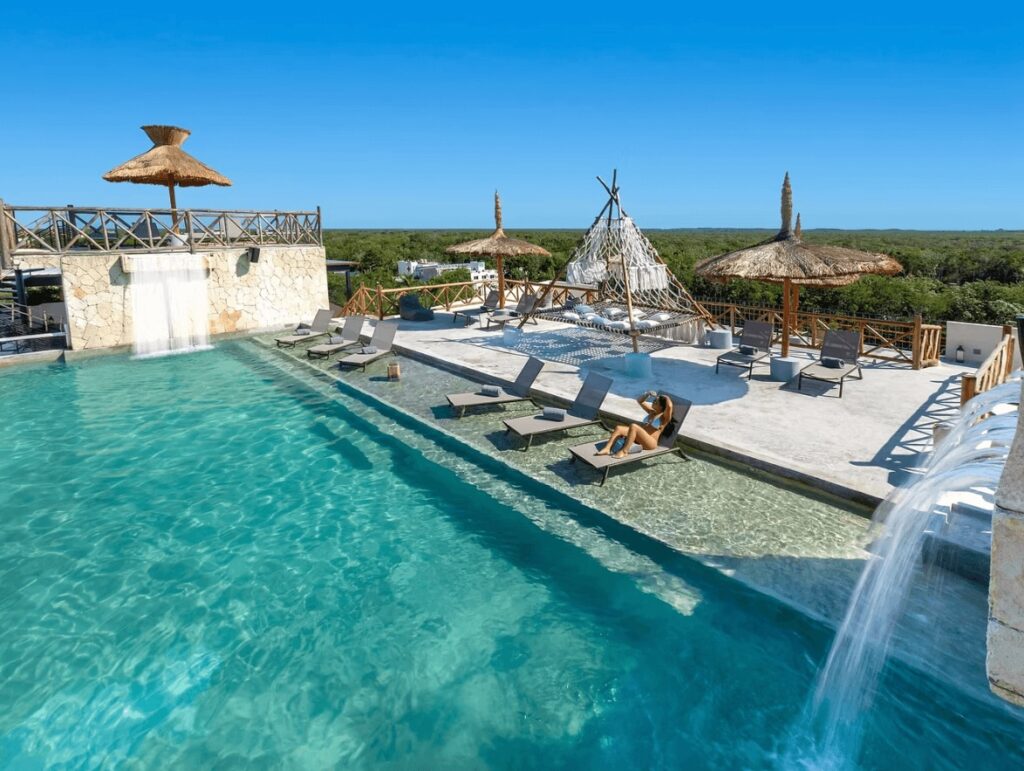
Planning a sustainable scuba vacation in Mexico
Mexico is a scuba diver’s paradise, offering an exciting range of world-class experiences across its coastal regions.
With such a wealth of dive destinations catering to a wide spectrum of skill levels, it’s easy to see why Mexico has become one of the most popular scuba diving destinations in Central America.
Whether you’re a seasoned diver seeking adrenaline-fuelled adventures or a beginner looking to make your first ocean forays, Mexico’s easy accessibility make it an ideal choice for a scuba vacation.
The country’s above-water attractions only add to the allure, with centuries-old Mayan sites and colonial cities among the highlights.
FAQs about diving in Mexico
When is the best time to dive in Mexico?
The best time to dive in Mexico depends on where you want to dive, although, generally speaking, it is the dry season.
From roughly November through May, conditions are favourable across both the Caribbean and Pacific coasts. You can expect excellent visibility due to less rain and runoff.
The water temperatures are also comfortable during this period, ranging from 24 to 28°C (mid-70s to low-80s Fahrenheit).
If you’re heading to Mexico for a dive vacation, it’s best to avoid the Atlantic hurricane season (June to November). During this period, surface conditions are rougher and visibility is less favourable.
That being said, the light in the cenotes tends to be at its best from May to September.
Humpbacks arrive on the Mexican coast to breed between January and March.
Is diving in Mexico good?
Mexico boasts excellent diving on both the Pacific Ocean and Caribbean Sea coastlines, as well as unique inland cenotes on the Yucatán Peninsula.
The county offers a huge range of dive sites, from healthy coral reefs teeming with tropical fish to dramatic kelp forests and fascinating cave systems.
On a dive vacation in Mexico, you can enjoy encounters with everything from sea turtles and rays to whale sharks. Humpbacks also migrate to the surrounding waters to breed.
Mexico’s easy accessibility and quality of its underwater adventures makes it one of the best places to dive in Central America.
Is Cancun or Cozumel better for diving?
Choosing between Cancun and Cozumel for diving largely depends on your experience level and priorities.
While Cancun offers convenient access to local reefs, which tend to be shallower and less dramatic, it is perhaps best known for the unique MUSA Underwater Museum. Additionally, it enjoys easy access to several cenotes.
In contrast, Cozumel is famous for its spectacular drift dives along coral walls and is located within a protected marine park. It boasts clear waters and strong currents that make it ideal for experienced divers and those seeking large pelagic encounters.
What is the best place to dive in Mexico?
While Mexico boasts several fantastic dive destinations, Cozumel (situated off the Yucatan Peninsula) is one of the best.
It’s located along the Mesoamerican Barrier Reef, the second-largest reef system in the world, and is surrounded by dramatic drop-offs and healthy coral gardens.
Adding to the experience is Cozumel’s incredible visibility, which often exceeds 30 metres/100 feet.
Cozumel’s underwater experiences are supported by a well-established infrastructure of professional dive operators and sustainably-run dive resorts.

PLAN YOUR TRIP WITH OUR FAVOURITE RESOURCES:
Find hotels and resorts via Booking or Agoda
Book tours and experiences via Viator or GetYourGuide
Find a rental car via Discover Cars
Book flights via Kiwi or Booking
Search for buses and trains via 12Go or Omio
Get travel insurance via SafetyWing
Buy a digital eSIM with Airalo
By purchasing through our links, you’ll be supporting our website at no additional cost to you
About the authors
We are a team of passionate divers and surfers with decades of combined experience in the water and travelling to all corners of the globe. After years of chasing waves and descending into the deep blue, we’ve created this resource to highlight sustainably run surf camps, eco-friendly dive resorts and conservation-focused ocean trips to help inspire your next adventure.
Eco Ocean Escapes was born out of a love of the ocean, an obsession with travel and a concern about the impacts of our adventures on the environments we explore. Despite the benefits that surf and dive tourism can bring to local communities, we recognised that ocean-based adventures are not always managed in a sustainable manner.
Through our articles, we hope to inspire those seeking a responsible surf or dive trip that is all about supporting local communities, preserving our coastal environments and the incredible marine species that inhabit our oceans.
-
Sustainable Surf Tourism and Respecting Local Communities
Surf tourism has exploded over the last two decades. With travel becoming more accessible and social media exposing hidden spots, once-remote breaks in Indonesia, Central America, Morocco and the Pacific Islands are now iconic stops on global surf circuits. While surf travel brings income, jobs and global attention to coastal towns, it can also disrupt…
-
Inspiring Citizen Science Projects for Surfers + How to Get Involved
As surfers, we are intimately connected to the ocean – its rhythms, its wildlife and its health. Because of this relationship, many of us are looking for meaningful ways to protect the marine environments we love. One of the simplest and most impactful ways we can do this is by joining citizen science projects. These…
-
Understanding Marine Protected Areas (MPAs): Why divers should care
If you’ve spent time underwater (as a diver or snorkeller), you’ve probably noticed something: not all sites are beacons of health. Some reefs appear vibrant and full of life, while others show signs of stress – broken coral, few fish or algae-covered rocks. One of the biggest factors shaping the health of our oceans is…
-
Costa Rica: Best Marine Parks for Scuba Divers + Eco Dive Resorts
Costa Rica is a paradise for eco-conscious travellers and underwater explorers are no exception. With its healthy coral reefs, pelagic-rich waters and some of the most progressive environmental policies in the world, the country is a dream destination for those who want to dive responsibly. We’ve been lucky enough to visit Costa Rica several times…
-
Eco-Diving: Best Destinations for Sustainable Scuba Travel
As humans inspired by the underwater world, there is plenty of incentive to protect our coral reefs. Here at EcoOceanEscapes, we want to do our bit to save endangered marine species and keep our oceans free of trash. One impactful action we can all take is to choose sustainable diving destinations. These are nations (or…
-
Eco-Friendly Diving: How to Be a Sustainable Scuba Advocate
Understand the environmental impacts of diving and sustainable scuba practices in this comprehensive guide to eco-friendly diving. Any diver will tell you that being underwater is an incredible experience. It’s a world that not everyone has the opportunity to explore and the encounters we have with marine creatures can be life-changing. Watching manta rays soar…

We are a team of passionate divers and surfers with decades of combined experience in the water and travelling to all corners of the globe.
After years of chasing waves and descending into the deep blue, we’ve created this resource to highlight sustainable surf camps, eco-dive resorts and conservation-focused ocean trips to help inspire your next adventure.
Eco Ocean Escapes was born out of a love of the ocean, an obsession with travel and a concern about the impacts of our adventures on the environments we explore.
